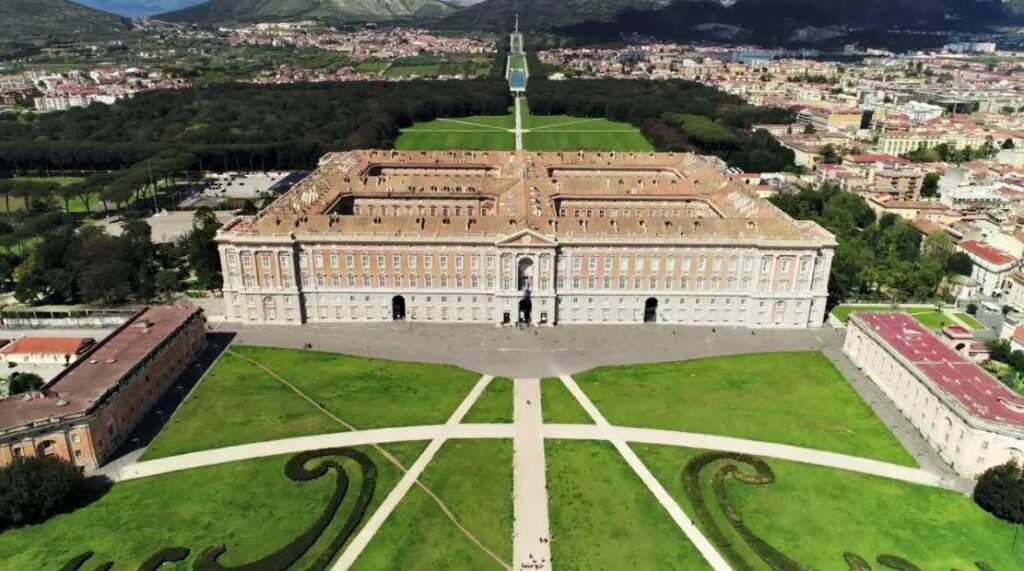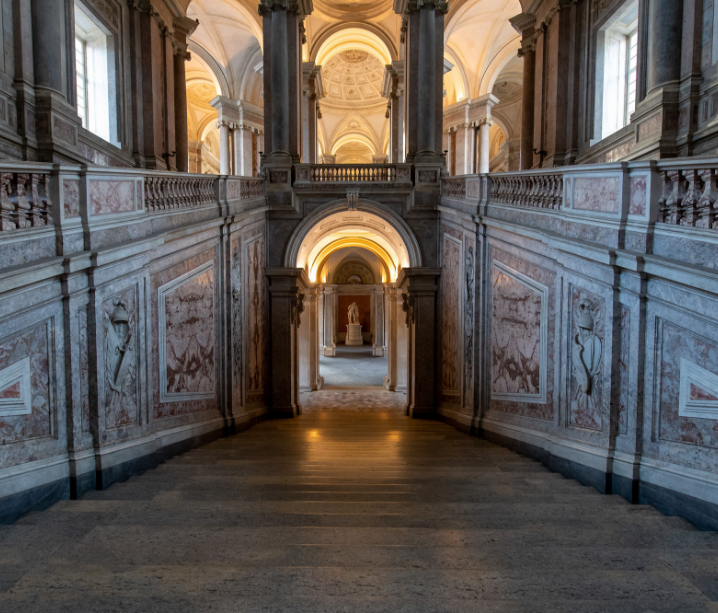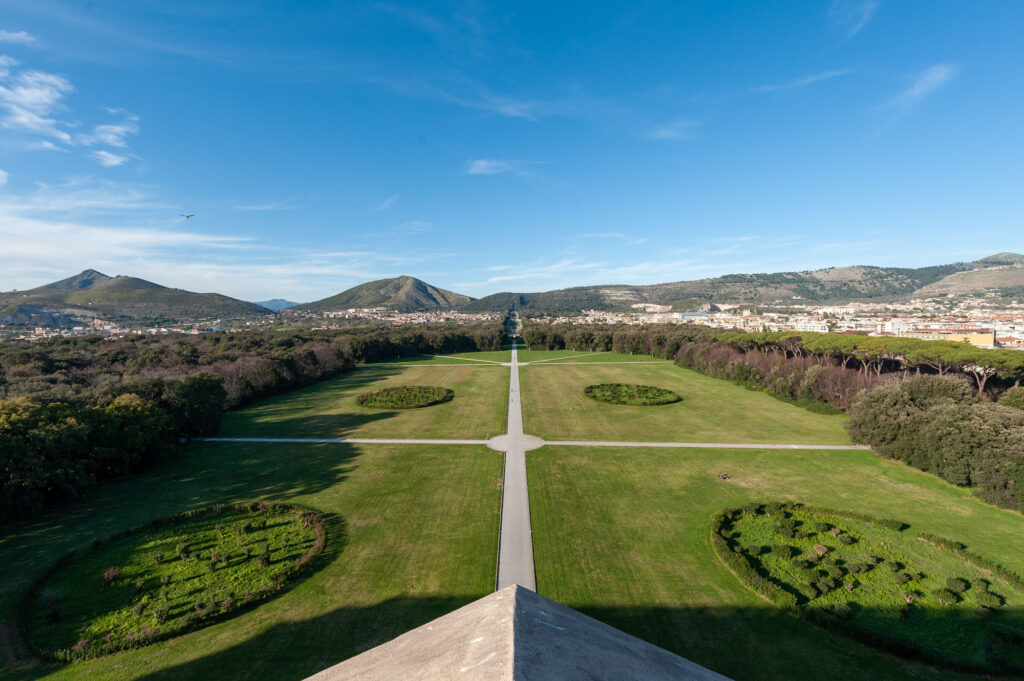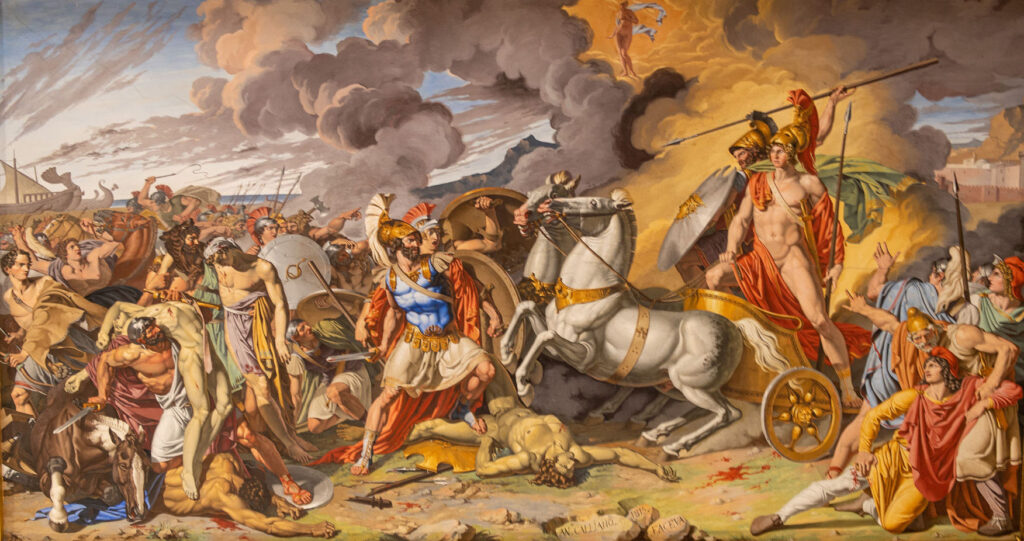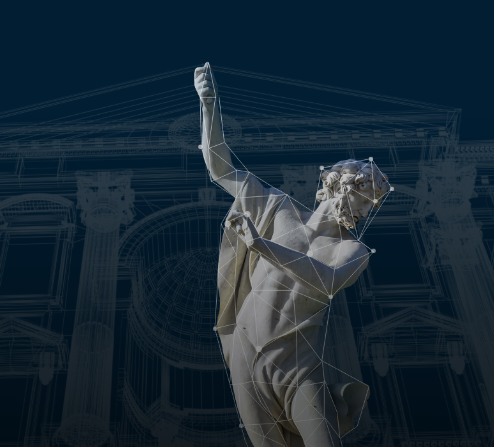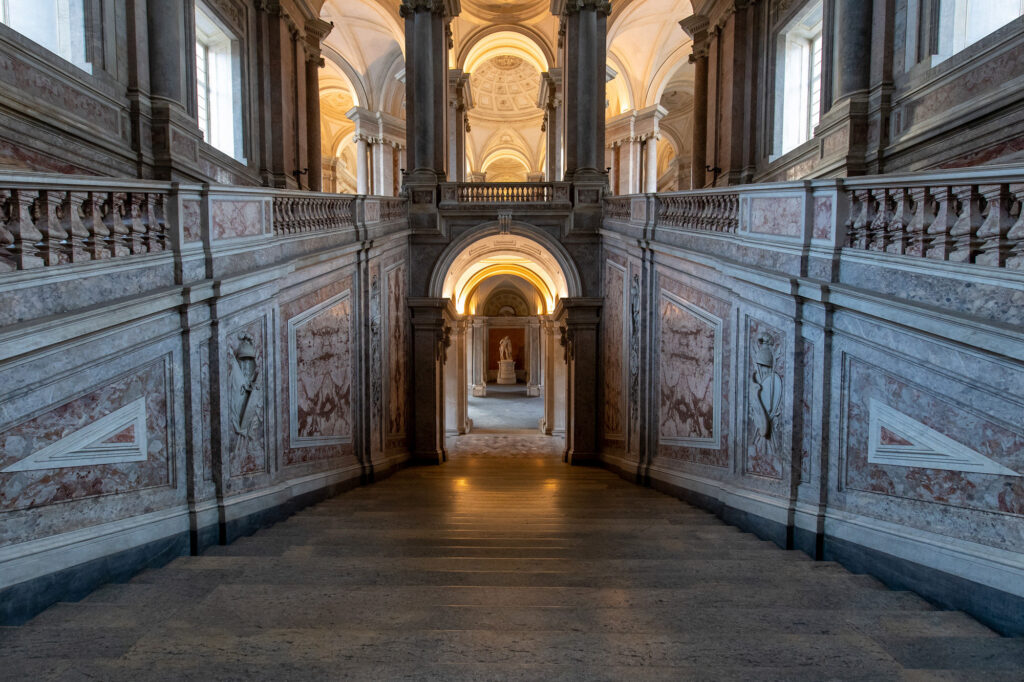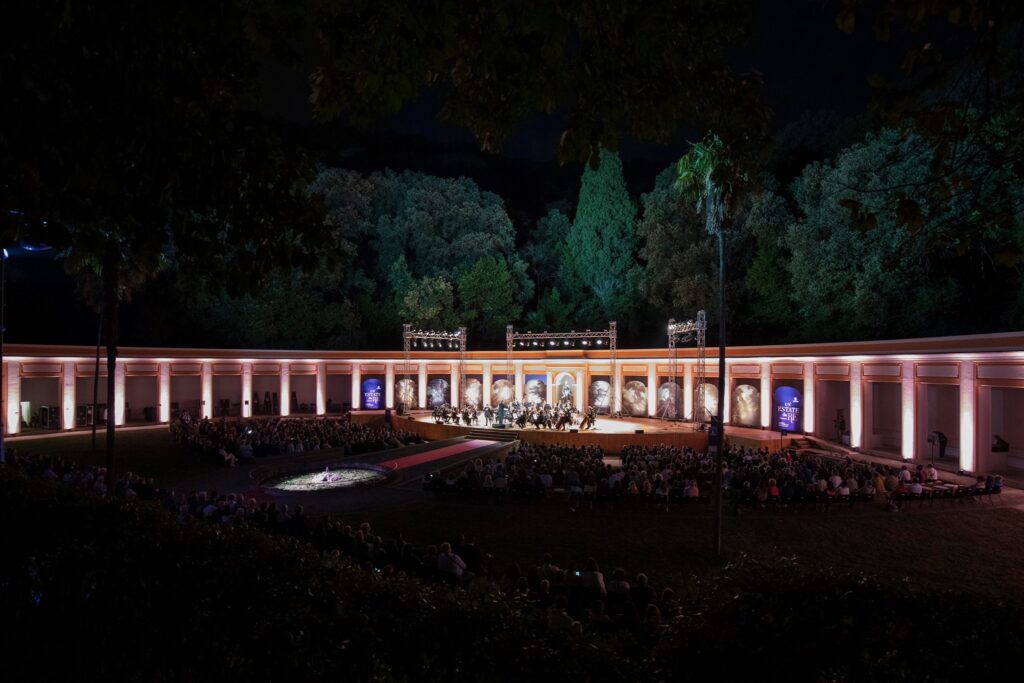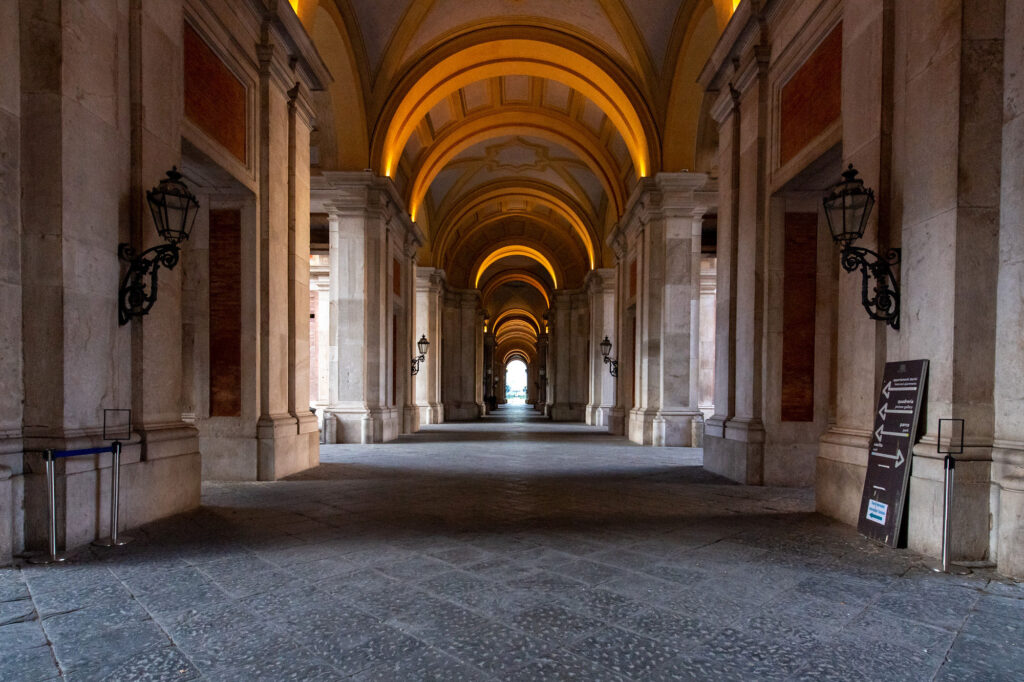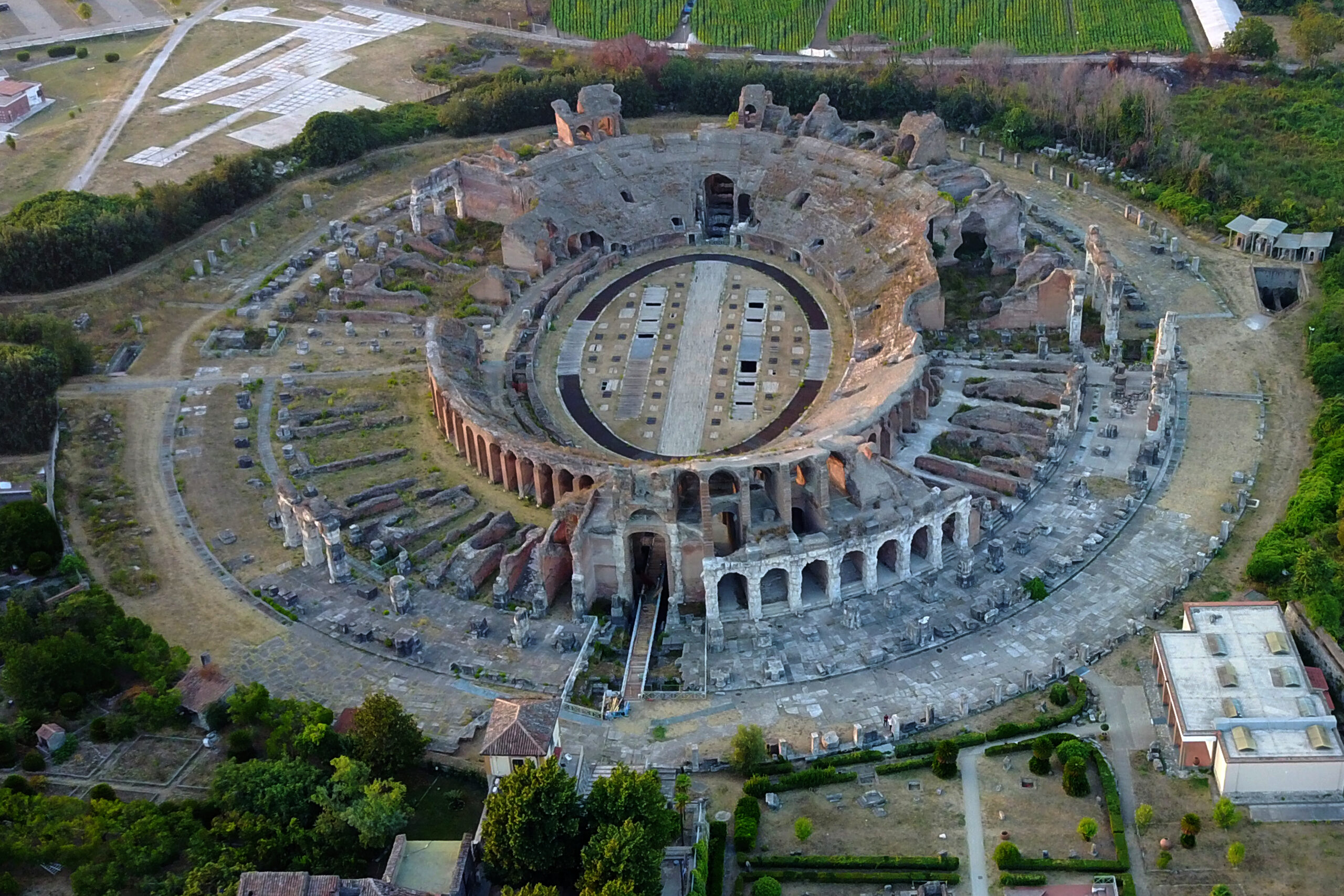The Archaeological Museum, the Mithraeum and the Amphitheater
The National Archaeological Circuit of Ancient Capua includes the Archaeological Museum, the Mithraeum and the Amphitheater. These three sites are located in the city of Santa Maria Capua Vetere, not far from Via Appia, between the main arteries of the Roman road system. The history of the ancient city can be retraced in the National Archaeological Museum of Ancient Appia, with an itinerary that goes from the Bronze Age to the first century BC. The Roman era was a period of particular prestige for the city: Cicero defined it as “haughty Rome, the second Rome”. The splendour achieved during this time is testified by the Amphitheater built between the 1st and 2nd centuries AD, whose size makes it the second largest in Italy after the Colosseum. Next to it, the Museum of the Gladiators allow you to deepen insight of the building’s history and the annexed Gladiator School, known for Spartacus the gladiator.
 Find out more
Find out more
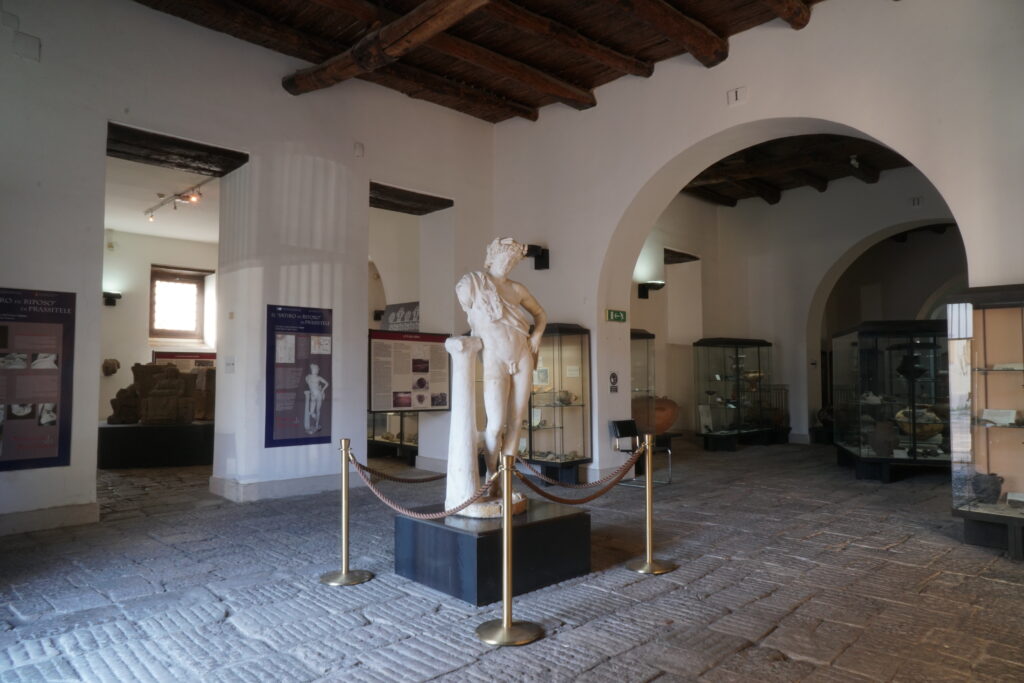
The Ancient Capua
According to tradition, the name Capua derives from Kapys, the Aeneas’ heroic nephew suckled by a doe in the Sanctuary of Diana Tifatina, not far from the town. Ancient Capua, whose birth is referred to 800 BC by Velleio Patercolo and to 471 BC by Cato, it was first occupied by the Etruscans, then by the Samnites and the Romans. In Roman times, around the 2nd century BC, the city reached such a political and economic relevance that it equalled the same number of inhabitants as Rome. Its decline begins following the defeat of Canne (216 BC) when the city, allied with Hannibal, loses its privileges and is demoted by Rome to the rank of a province. The city suffered damage with the Vandal raid and in 840 AD, following the passage the Saracens, it was abandoned. Its population moves near the Volturno, where the new Capua will be founded.



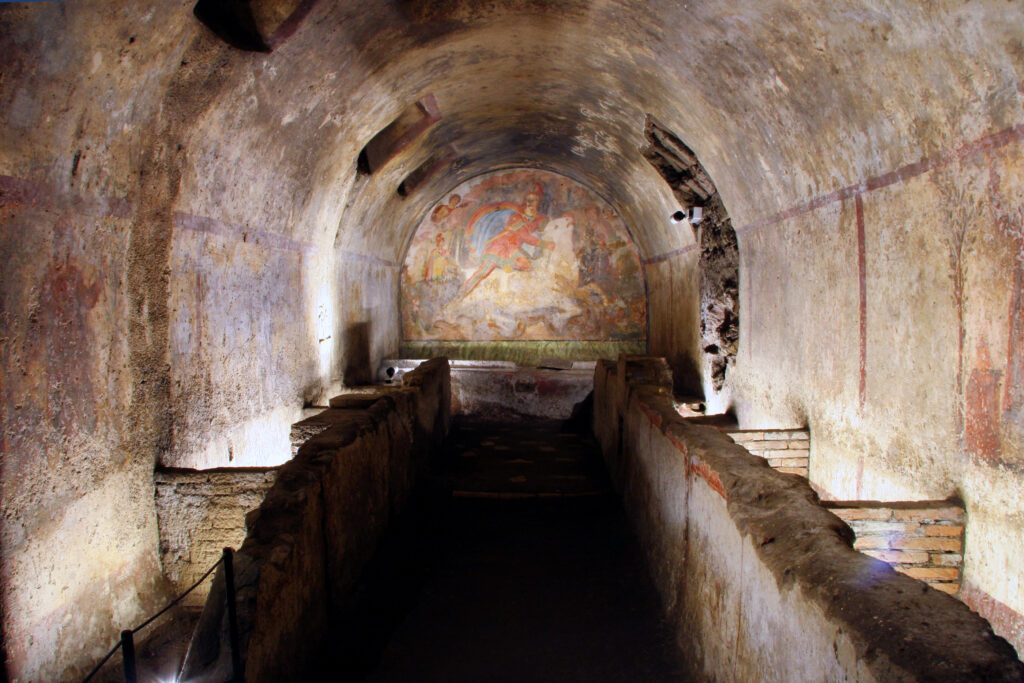
The Mithraeum
The Mithraeum is an underground area dated to the 2nd century AD. Discovered by chance in 1922, it is one of the most important sanctuaries in the world dedicated to the god Mithras. There you’ll find a fresco representing the god, caught in the act of killing the bull. The mithraeum testifies to the spread of the Mithraic cult in the city, probably following the arrival of middle – eastern gladiators in the nearby school.



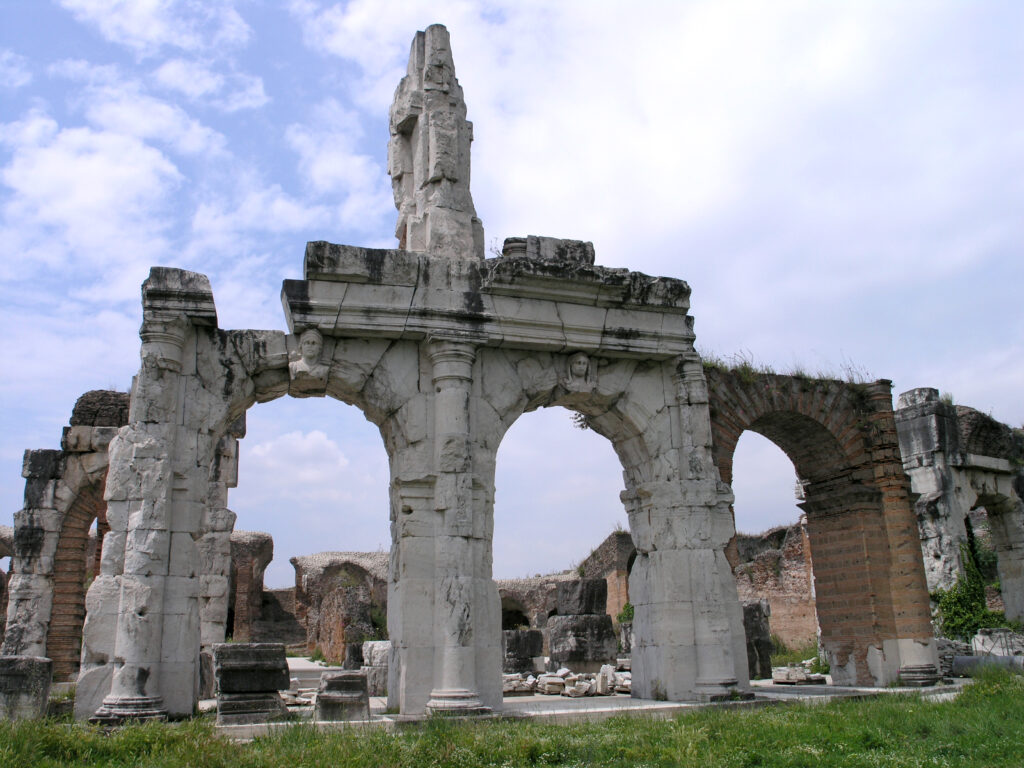
The Campanian Amphitheatre
The so-called “Campanian” amphitheatre represents the magnificence achieved by Ancient Capua in Roman times. The building, built on a previous arena of the Graccan age, was developed on four monumental orders, three of which characterized by 80 arches adorned with 240 busts of divinities, satyrs and theatrical masks, some of which are now preserved in the Campanian Museum. In the same museum there is also the epigraph that attributes the restoration of the amphitheater to the emperor Hadrian. The monument was destroyed during the sacking of Genseric, then repaired in 530 AD. In the 9th century AD, with the destruction of the city by the Saracens, the Amphitheater was transformed into a fortress.







